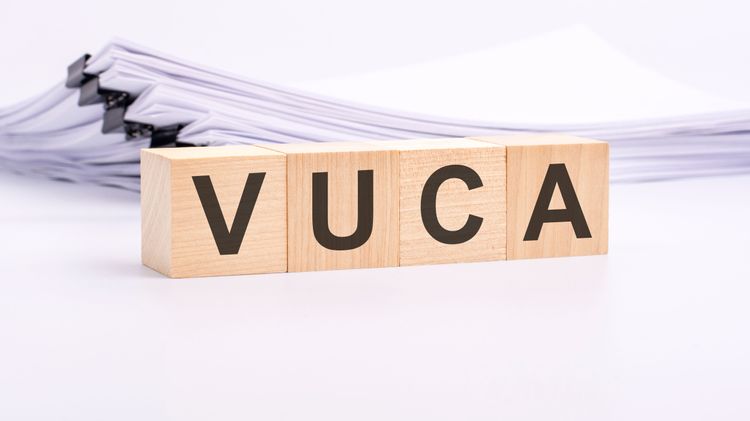Agile development has become increasingly popular in recent years, with its focus on flexibility and collaboration within teams. One important aspect of agile project management is estimation, particularly story point estimation. This process involves assigning a numerical value to each user story in the product backlog, indicating the effort required to complete the task.
Story points can be calculated based on factors such as complexity, uncertainty, and effort required. This estimation helps agile teams to plan sprints effectively and manage their workload, ensuring that deadlines are met and the project moves forward efficiently. However, story point estimation is not always straightforward. It requires careful consideration by the product owner and the development team, based on their understanding of the project requirements and their collective expertise.
In this article, we will discuss the key factors to consider when estimating story points in agile development, as well as practical tips for using story points effectively in sprint planning. By mastering the art of agile estimation, teams can optimise their productivity and deliver high-quality products to their clients. So if you're ready to learn more about story points and how to use them in your Agile project management, read on.
What are story points in the agile model?
In agile project management, teams use story points to estimate the effort required for completing a specific task. Story points are a way in which an agile team can measure and prioritise the work they do. They are not based on time but are rather a measure of the complexity, risk, and effort in completing an item.

Teams use story points in agile instead of hours or days because they provide a more accurate and consistent way of estimating work efforts. Story points are relative to each other, meaning they reflect the relative size or complexity of the items being estimated. When calculating story points in agile, a baseline story that represents an average level of complexity is chosen, and all other items are then compared to this baseline story. This comparison provides a better understanding of the size and complexity of each item, making it easier to prioritise tasks and allocate resources. Overall, story points in agile provide a more reliable and consistent way for teams to estimate and manage their workload in an agile manner.
5 Essential Tips for Estimating Story Points in Agile Development
Use a consistent scale for estimating.
In Agile development, it's vital to use a consistent scale for estimating story points, as this ensures a shared understanding of the effort and complexity each point value represents. Teams may opt for different scales, like the Fibonacci sequence or a linear scale, depending on their needs and the nature of tasks. The chosen scale should be clear to all team members to facilitate effective planning and execution of sprints.
Story points take into account development and testing efforts, complexity, and potential risks, aiding in determining the team's sprint capacity. Consistency in this estimation process not only reflects the actual effort needed for task completion but also enhances team communication. Techniques like planning poker can further align team members' perspectives, leading to a more cohesive estimation and planning process.
Different teams may choose different scales for estimating story points. Some teams use the Fibonacci sequence (1, 2, 3, 5, 8, 13, etc.), which is useful when dealing with a higher degree of uncertainty, while others use a linear scale (1, 2, 3, 4, 5, etc.) for more straightforward tasks. The key is to select a scale that works best for your team and ensure that everyone understands and uses it consistently.

Involve the whole team in the estimation process
Involving the entire team in this process is equally important. It ensures a collective understanding of each task's complexity and effort, leading to more accurate and unbiased estimates.
In Agile methodologies like Scrum, story points reflect the complexity, risk, and effort of product backlog items, serving as a comparative tool rather than an absolute measure of time. This comprehensive team involvement cultivates a sense of ownership and collective responsibility, allowing for the identification of potential challenges from diverse perspectives. Such collaboration results in more precise story point allocations, enhancing the efficiency and success of sprints.
It's crucial to note that story points are not a commitment to a specific timeframe but rather a guide for planning and prioritizing, helping the team make informed decisions about sprint capacity and task distribution. This shared understanding is key to managing workloads and expectations effectively in Agile project environments.
Break down stories into smaller, more manageable tasks.
Building on the importance of team involvement in story point estimation, breaking down user stories into smaller, more manageable tasks is another key strategy in Agile development. This decomposition enhances the understanding of each task's complexity, leading to more precise story point assignments. Smaller tasks facilitate effective sprint planning and execution, a core aspect of Agile planning.
The process involves identifying major tasks within a user story and further breaking them down into sub-tasks, allowing for a detailed assessment of effort, potential challenges, and point value assignment. This breakdown is crucial for recognizing the varying complexities and efforts required, as reflected in the story points assigned. Additionally, considering dependencies and external factors like resource availability, team expertise, and cross-departmental collaboration is essential for a comprehensive scope understanding.
Implementing a story point estimation matrix can aid in this process, offering a structured approach to compare tasks and ensure consistent estimation across the team. This methodical breakdown and estimation process is fundamental in achieving a realistic and effective Agile project plan.

Use past data to inform future estimates.
Continuing from the breakdown of tasks for estimation, using past data is a crucial component in agile development for informing future story point estimates. By analyzing previous sprints or projects, teams can identify patterns in the time and effort required for specific tasks, enhancing the accuracy of their upcoming estimates. While past data is invaluable, it should be integrated with other techniques like planning poker to account for potential changes in team dynamics, technologies, and project requirements.
In Agile, story points reflect the overall effort, including factors like complexity and uncertainty. Teams often compare the effort of new tasks to those previously completed, using past sprint data as a baseline for relative estimation.
However, since project landscapes can change, it's important to continuously review and adjust estimates based on lessons learned, ensuring that story points stay relevant and reflective of the current project context. This balanced approach, combining historical data with ongoing assessment, is key to maintaining effective and realistic planning in Agile development.
Conclusion
Effective story point estimation is a vital aspect of agile development, as it helps teams accurately plan and prioritise their work. To achieve the most accurate estimates, it is crucial to involve the entire team in the estimation process, ensuring that all perspectives are considered and fostering a shared understanding of the tasks at hand. Additionally, using a consistent scale for estimating and breaking down stories into smaller tasks enables teams to better comprehend the work involved and assign story points accordingly. Moreover, leveraging past data to inform future estimates helps teams identify patterns and trends, resulting in more informed decision-making. By implementing these practices, agile teams can improve their process.





